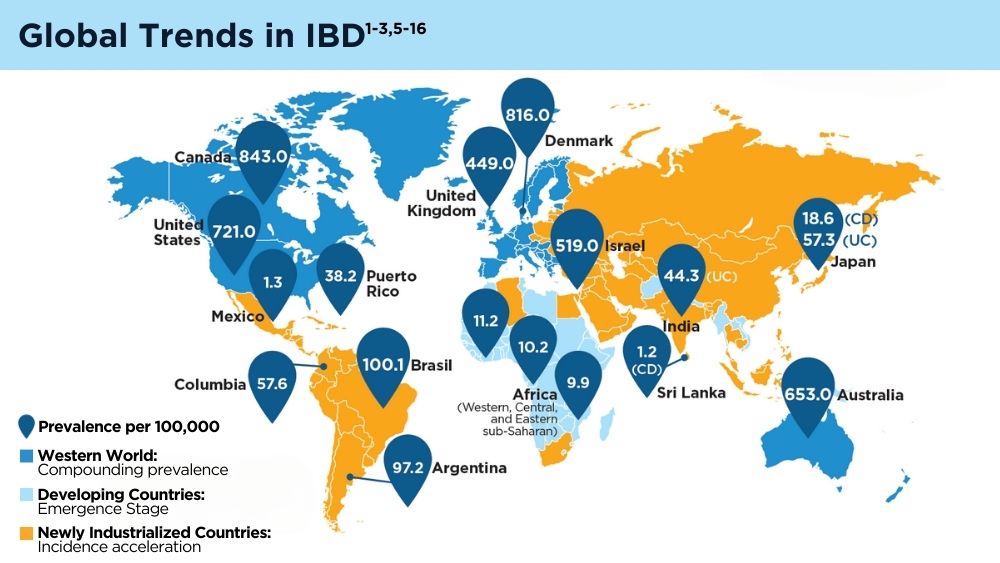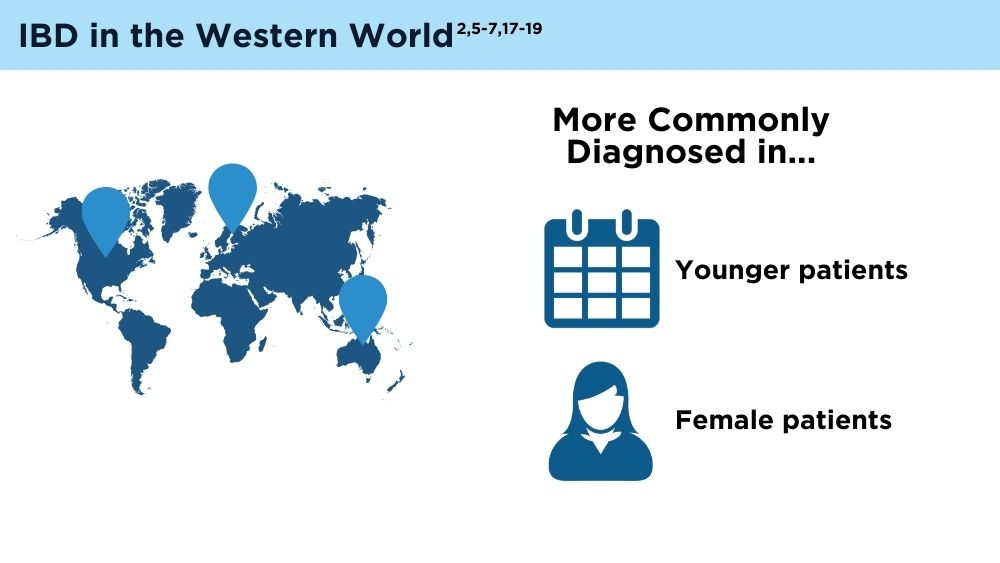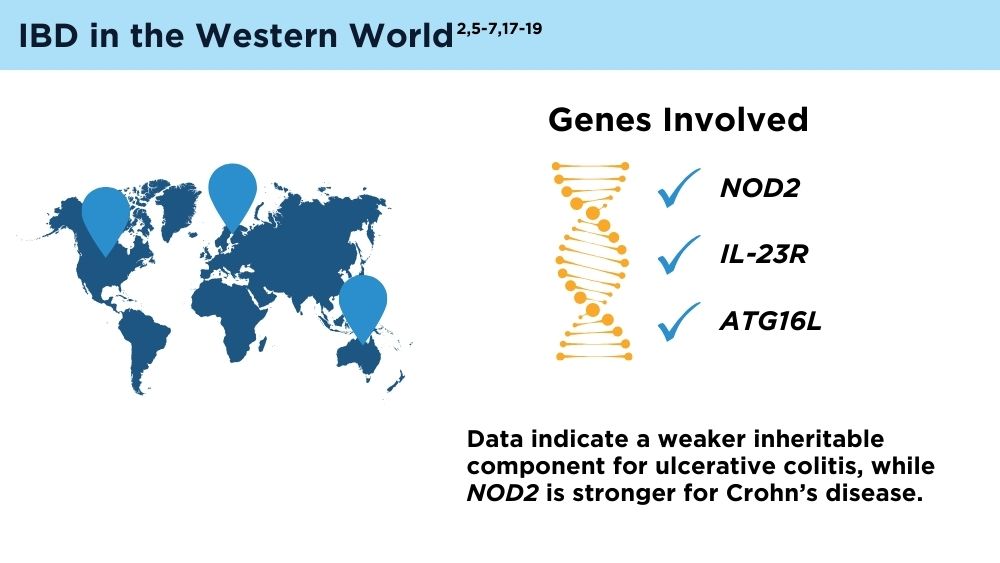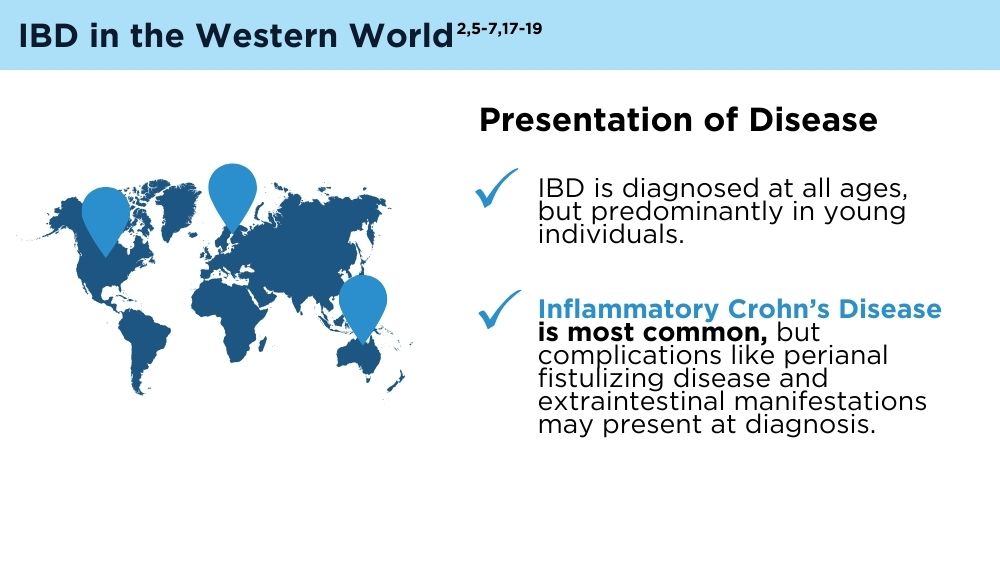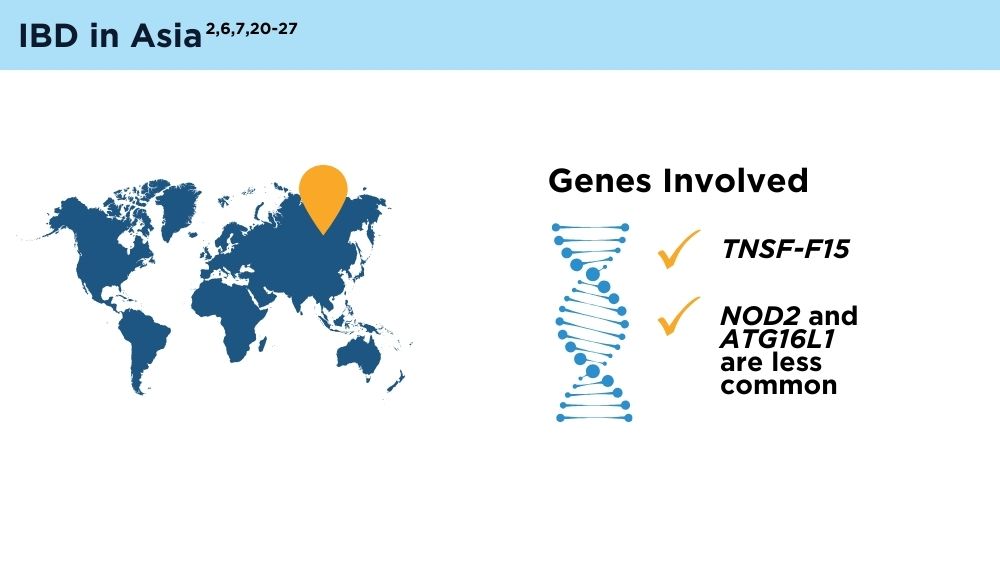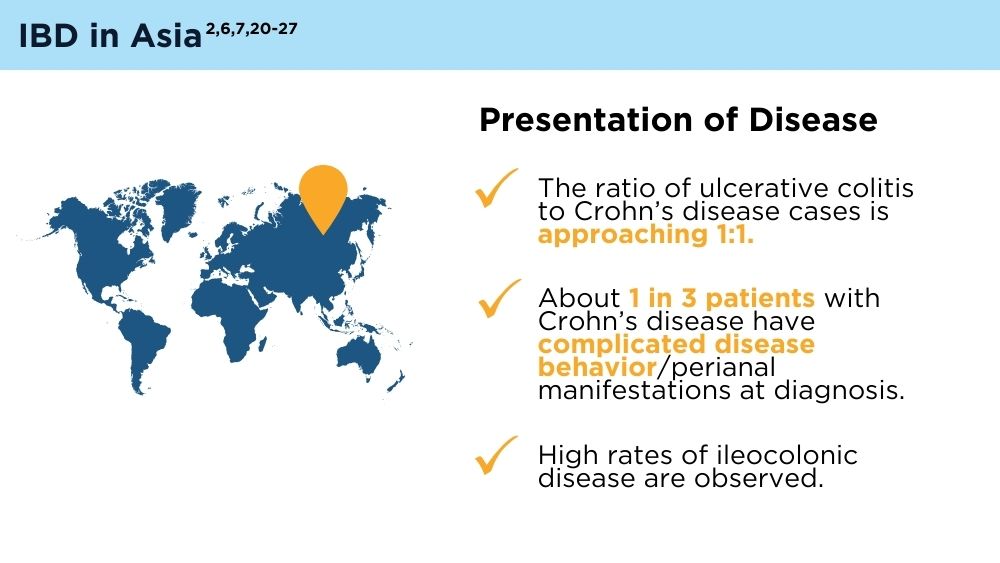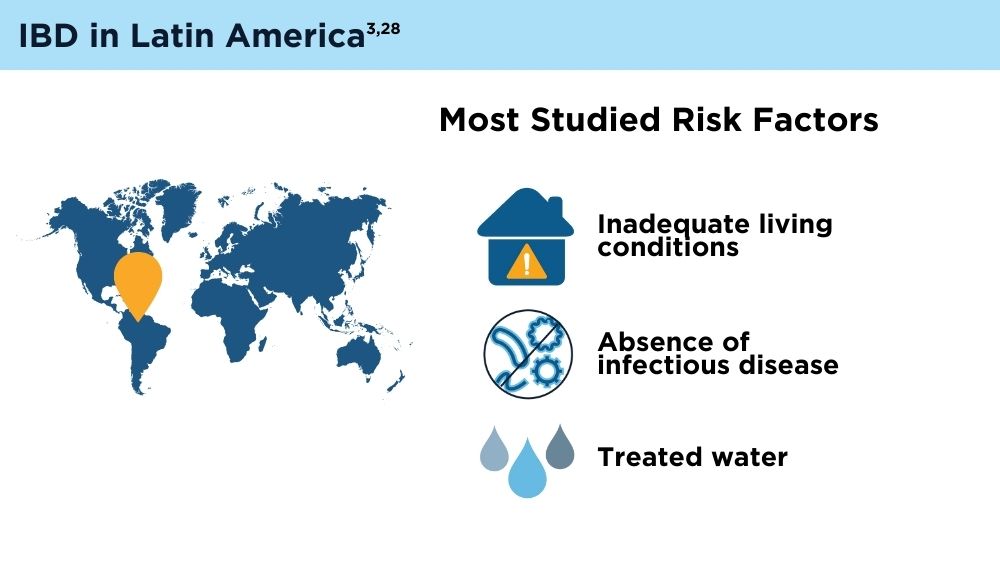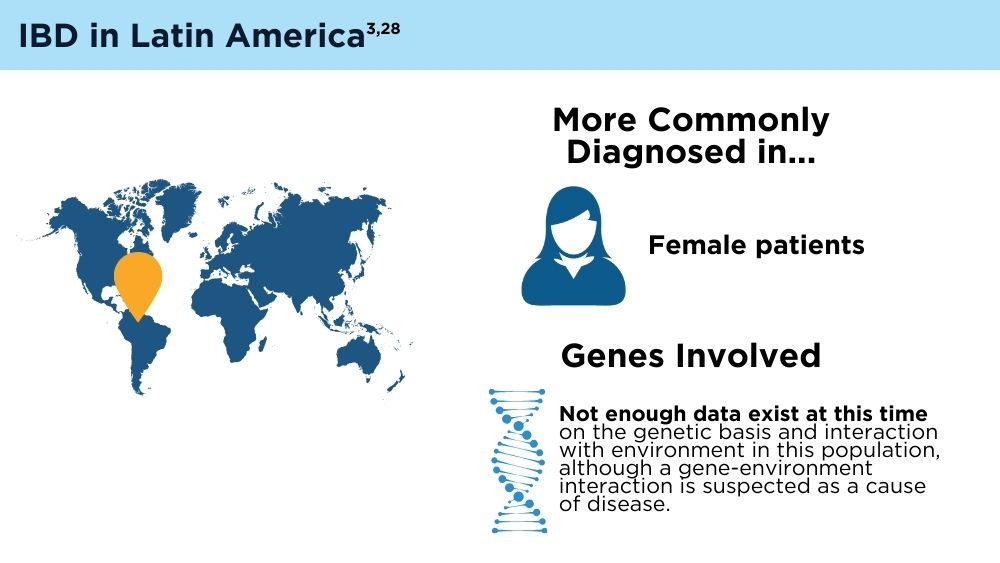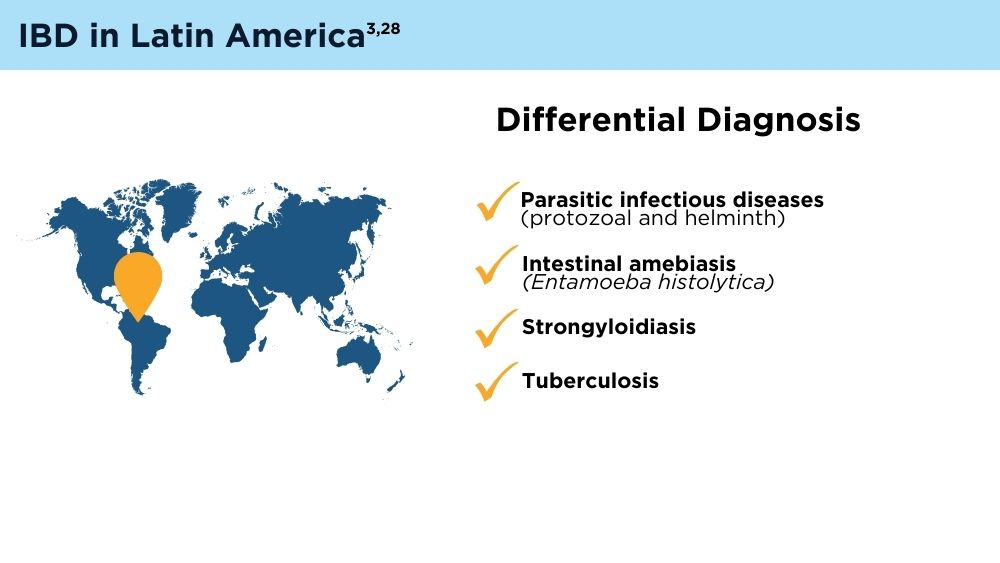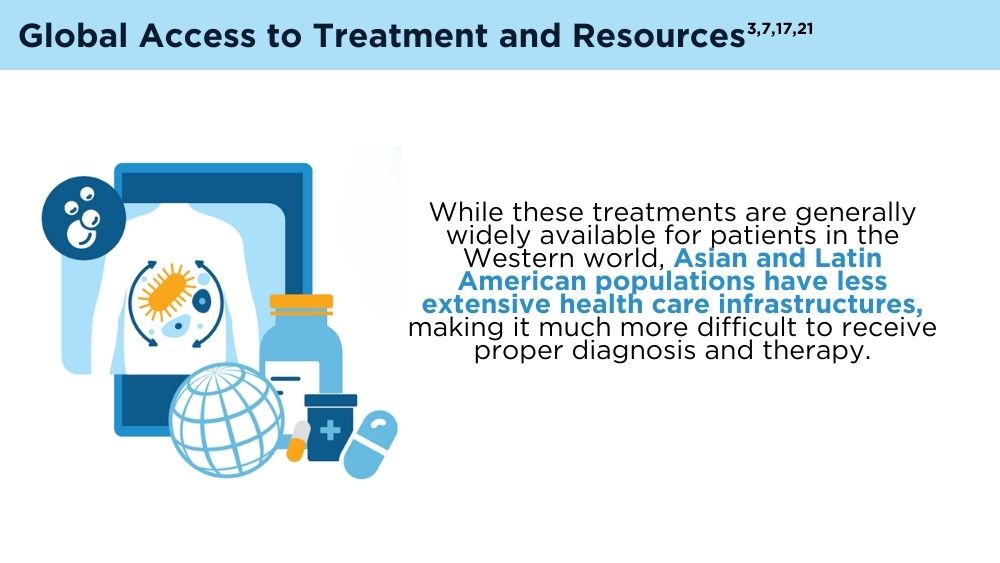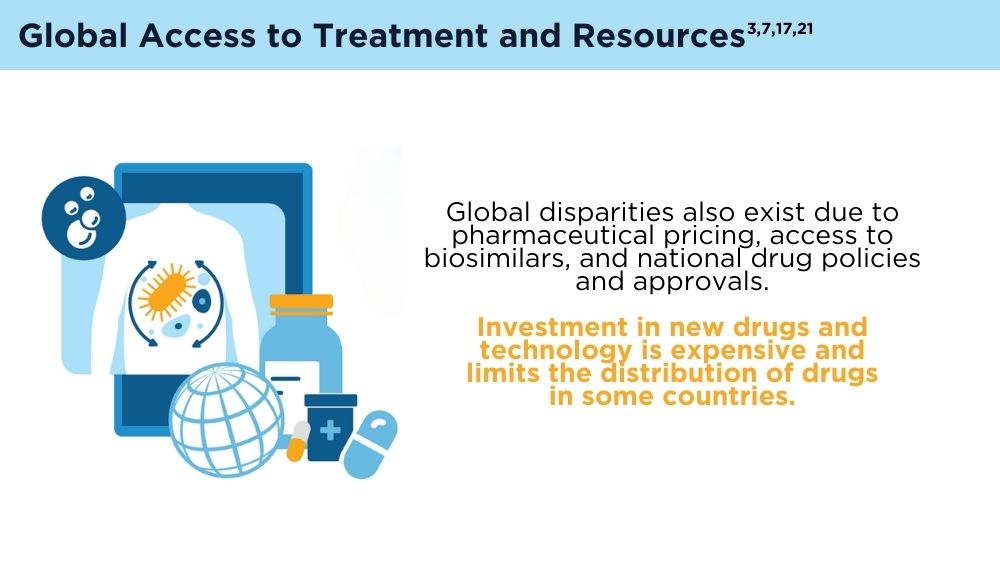Click here to view more from Gastroenterology Data Trends 2024
The Changing Face of IBD: Beyond the Western World
Gilaad G. Kaplan, MD, MPH, AGAF
Professor
Gastroenterologist
Department of Medicine
University of Calgary
Alberta, Canada
Disclosures:
Serve(d) as a speaker or a member of a speakers bureau for: AbbVie; Janssen; Pfizer
Received research grant from: Ferring
Paulo Kotze, MD, MS, PhD
Professor
Cajuru University Hospital
Curitiba, Puerto Rico
Disclosures:
Serve(d) as a director, officer, partner, employee, advisor, consultant, or trustee for: AbbVie; Pfizer; Janssen; Takeda
Siew Chien Ng, MBBS, PhD, AGAF
Professor, Department of Medicine and Therapeutics
The Chinese University of Hong Kong
Professor, Department of Medicine and Therapeutics
Division of Gastroenterology and Hepatology
Prince of Wales Hospital
Hong Kong
Disclosures:
Serve(d) as a director, officer, partner, employee, advisor, consultant, or trustee for: The Chinese University of Hong Kong; GenieBiome Limited
Serve(d) as a speaker or a member of a speakers bureau for: AbbVie; Ferring; Janssen;
Menarini; Takeda; Tillotts; Pfizer
Received research grant from: AbbVie; Ferring; Olympus; Janssen
Have a 5% or greater equity interest in: GenieBiome Limited
Received income in an amount equal to or greater than $250 from: The Chinese
University of Hong Kong; GenieBiome Limited

Inflammatory bowel disease (IBD) has become a global disease, with rising incidence in non-Western cohorts such as Asia and Latin America.1 These newly industrialized countries are in an “acceleration in incidence” stage, while Western countries are in a “compounding prevalence” stage as new cases level out, but prevalence climbs steadily.1 Incidence is varied throughout Asia and remains comparatively lower than in Western countries; this discrepancy is influenced by environmental risk factors such as diets high in fat, animal protein, sugar, fast food, and food additives, which are common in the Western world.2 In Latin America and the Caribbean, the incidence of IBD is also increasing, but is still less than in Western countries, and variance between countries depends on the level of urbanization and industrialization.3 Risk factors are like those of Asia, and also include inadequate living conditions, the absence of exposure to infectious diseases, treated water, and a limited ability to differentiate the diagnosis of infectious diseases, representing a key difference compared with the Western world.3 Treatment within these groups seems to be similarly effective compared with the Western world, although some areas of Asia and Latin America face more barriers to accessing healthcare, which is a key area that global health care could target.3,4
1
Next Article:
More IBD & Intestinal Disorders News
- Does Bezlotoxumab Boost FMT Efficacy in IBD Patients With Recurrent CDI?
- Angiotensin Receptor Blockers May Lead to Worse Outcomes in Celiac Disease
- Common Crohn’s Immune Response to Gut Bacteria Suggests Therapeutic Target
- Guselkumab Efficacy in Crohn’s Disease Unaffected by Prior Biologic Use
- IBS: Understanding a Common Yet Misunderstood Condition
- Breath Gas Patterns Predict Response to Low FODMAP Diet
- Ultraprocessed Foods Associated With Relapse Risk in Crohn’s Disease
- Live Rotavirus Vaccine Safe for Newborns of Biologic-Treated Moms With IBD
Irritable Bowel Syndrome and Sleep



